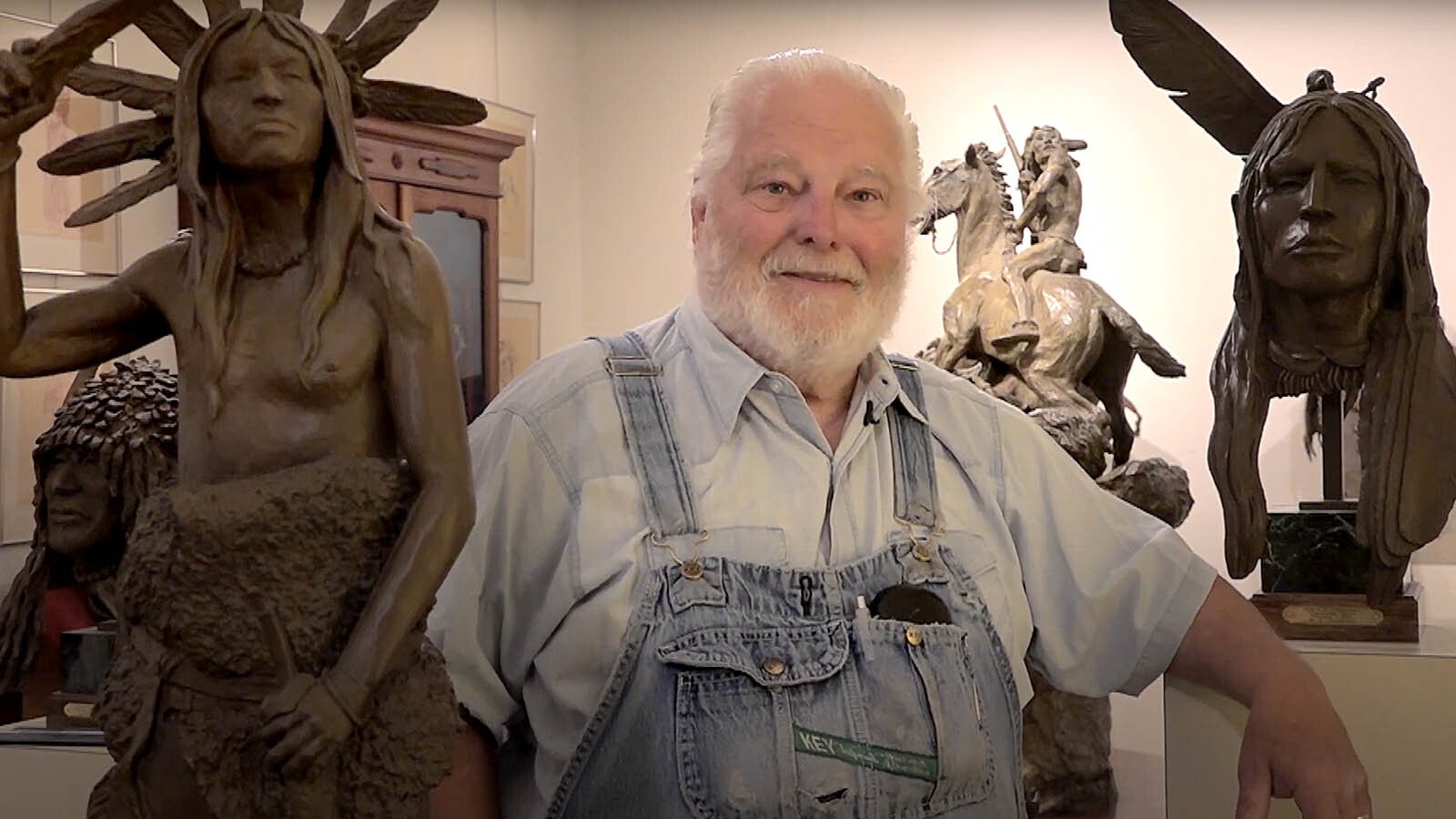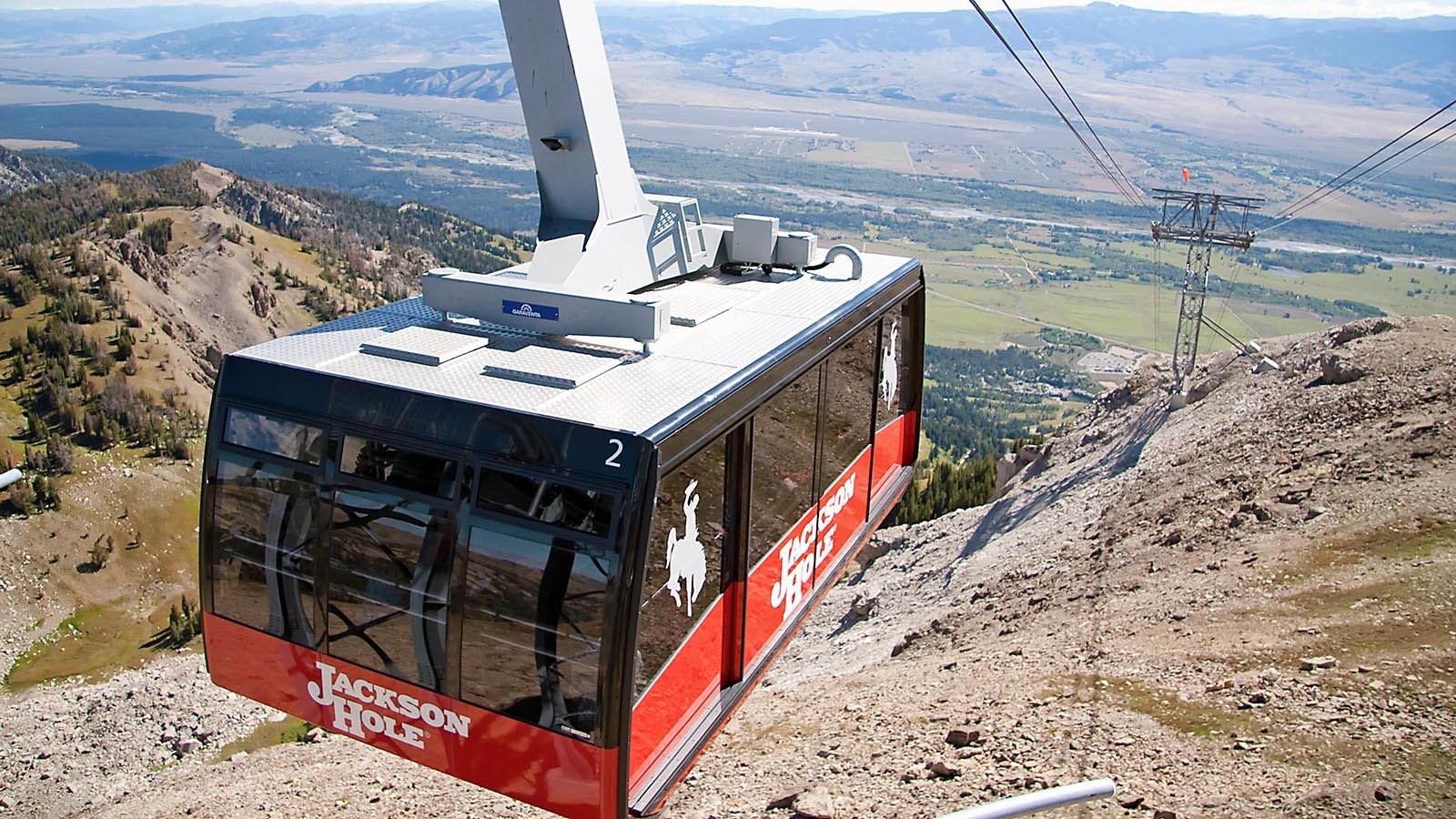Any visitor to the Buffalo Bill Center of the West in Cody can’t help but notice the monumental bronze sculptures scattered around the grounds and throughout the galleries of the Center’s five museums.
Should one look closely at the names of the artists who created the bronzes, one name can be found over and over – Richard V. Greeves, a sculptor from Fort Washakie whose work with Native American subjects is so compelling that five of his pieces are featured at the Center of the West.
Greeves died Thursday at age 86, leaving a legacy that spans generations and lives on in the careful studies of Native Americans that are displayed in art galleries and venues throughout the world.
It All Started at Fort Washakie
Born in St. Louis, Missouri, in 1935, Greeves was the oldest of four children raised in an Italian neighborhood. But a visit to Fort Washakie when he was 15 would set in motion a passion for Native American culture that would carry on throughout his life.
After serving in the U.S. Air Force in the 1960s, Greeves returned to Fort Washakie at age 28, later buying the local trading post, which became his home and studio.
For the next 60 years, Greeves created art at his home on the Wind River Reservation. His studio was an enclosed third of an acre with 26-foot-high ceilings. From there, he created works of art that capture the Native American spirit.
Greeves credited his Italian ancestry, which included many stonemasons and tile cutters, for his sculpting ability.
“When I work in clay, I usually pile it on and whittle it away,” he told the Gerald Peters Gallery in Santa Fe, New Mexico. “I had an Italian uncle who was a kiln master, and as a kid, I would harvest some mud, sculpt it and tuck it in the corner of the kiln. Heck, I’ve been firing terra cotta all my life.”




Buffalo Bill Center of the West
The Buffalo Bill Center of the West is revered worldwide as a repository of Western art and artifacts. A Smithsonian affiliate, its reputation among galleries and museums is near the top – and the Center of the West boasts four of Greeves’ huge bronze sculptures.
Susan Barnett curates the Whitney Gallery of Western Art at the Center of the West and told Cowboy State Daily that his sculpture “The Unknown,” located in the center’s sculpture garden, is a striking piece that calls to mind the challenges that faced native tribes in the 1800s.
“It’s almost like they’re coming out of a void and looking into some sort of an uncertain future,” Barnett said.
The Lewis And Clark Collection
Greeves was fascinated by the story of the Lewis and Clark Expedition, and through his art attempted to express the Native American perspective of the historic journey.
At the Santa Fe gallery, Greeves’ extensive collection of 56 bronze sculptures honoring the native people encountered in the Lewis and Clark exhibition opened last October.
“He has traveled the route, studied the journals and researched the landscape and tribes Lewis and Clark documented,” reads the description on the Gerald Peters Gallery website. “His art is informed by a deep understanding of America’s past and its present.”
Barnett said that unlike other artists’ renderings of the Lewis and Clark expedition, Greeves approached his sculptures from a unique angle.


Award-Winning Artist
Greeves’ work has won numerous awards over the years. His bronze sculpture “In the Land of the Water People” won the Prix de West Purchase Award in 1977. In 2000, he received the Prix de West James Earle Fraser Sculpture Award for Outstanding Artistic Merit at the National Cowboy & Western Heritage Museum. One of his works, “Bird Woman,” sold for more than $45,000 at the Coeur d’Alene Art Auction this year.
Barnett said Greeves’ impact on Western art is in the authenticity he brought to his sculptures of Native Americans.
“I feel like there’s a lot of European artists who romanticize Native American traditions and culture and dress,” she said. “I think there’s some of that in his work, but there’s also some real understanding, because he chose a life living alongside the people that he wanted to portray.”





